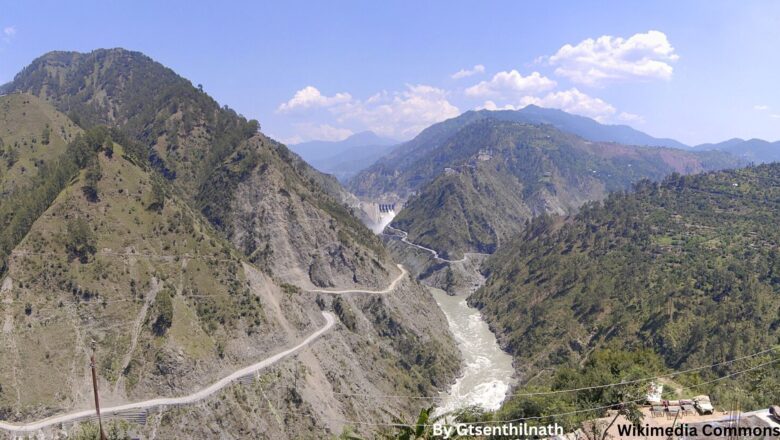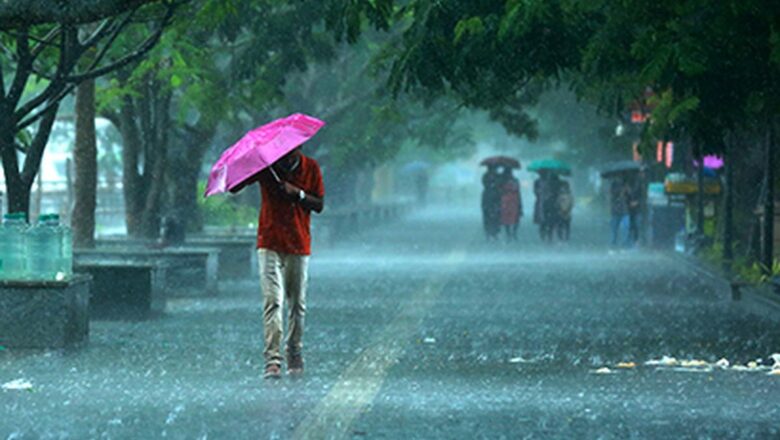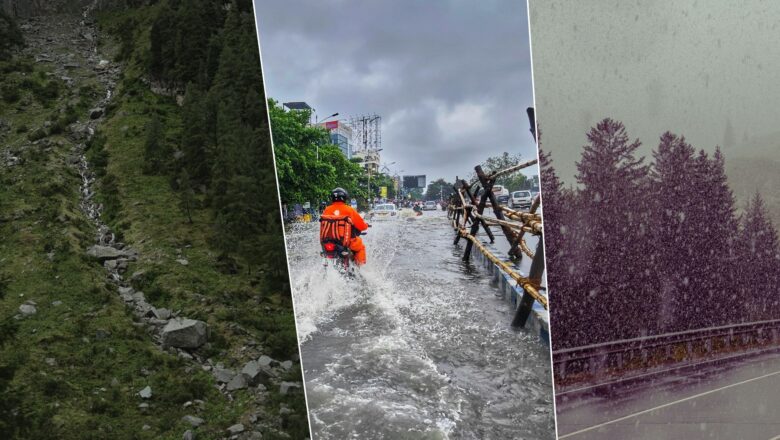
Baglihar Dam Gates Open Amid Heavy Rainfall, Flood Risk Grows in Jammu & Kashmir
The Baglihar Dam on the Chenab River has opened two spillway gates following intense rainfall across Jammu and Kashmir, prompting flood alerts in downstream areas. Rising water levels in the Chenab are now threatening low-lying settlements, raising concerns about potential inundation.
The heavy rainfall has also triggered landslides along the Jammu-Srinagar National Highway, disrupting one of the region’s most vital transport corridors. A major slide in the Chamba area has forced authorities to suspend vehicular movement along the route. Road-clearing operations are currently underway, with the highway expected to reopen once debris is removed and conditions stabilize.
The developing weather emergency comes amid heightened geopolitical tensions following the recent terror attack in P...









